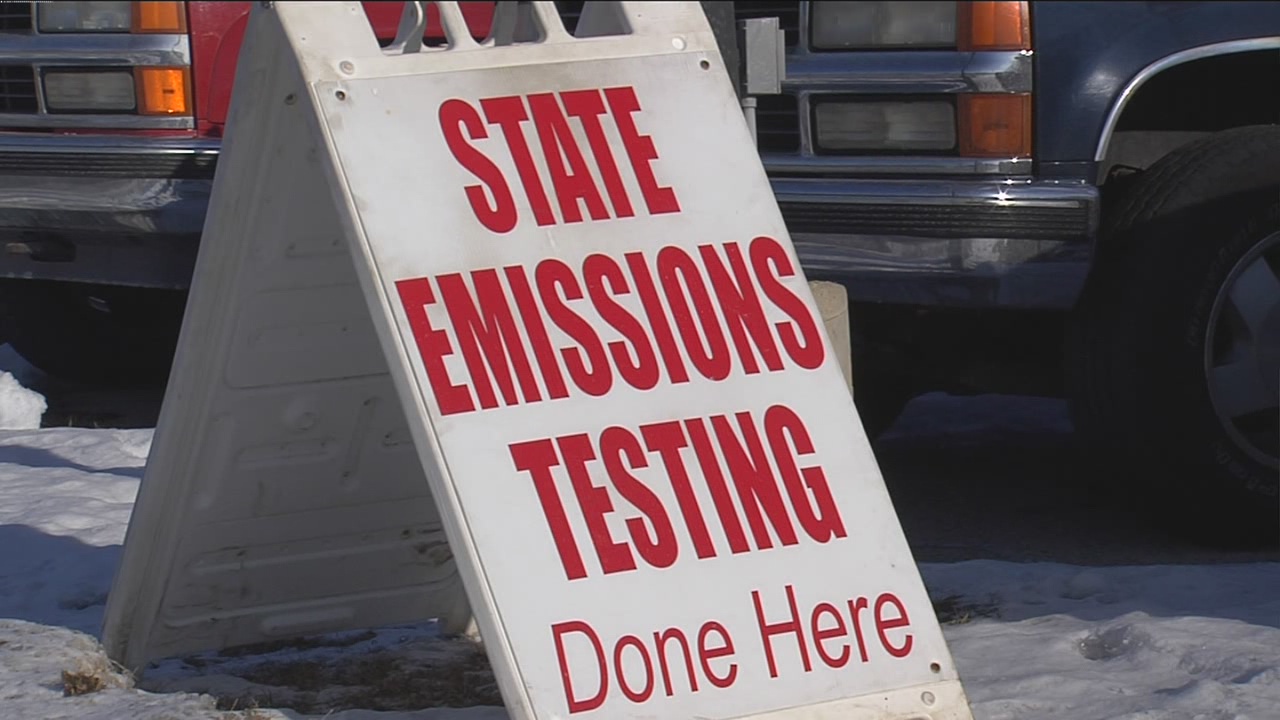While most of us dread the day, we have to take the car in for an emissions test, it’s even worse if you end up needing an Arizona emissions repair in order to pass. The good news is that the problem can be fixed if your vehicle fails. Here are a few things you need to know about the process.
About Arizona Emissions Testing
In Arizona, emission testing is required for several different types and years of vehicles, verifying that they’re safe to operate in the environment. Unless they’re specifically exempted, all vehicles ranging from 1967 to the latest models registered in the metro Phoenix or metro Tucson emission testing areas must have it completed 90 days before registration.
If your car has been registered in the Arizona longer than one year, you’ll need to provide payment for the emissions test cost, the first inspection report with applicable repair details if your vehicle didn’t pass the initial test, along with a gas tank key if applicable. If your vehicle hasn’t been registered in the state yet but needs emissions testing, you’ll need to provide them with the title, registration, or bill of sale. If necessary, there are emissions waivers available as well. For Instance, Arizona’s smog certification waiver permits the owner to drive their vehicle without additional repairs if specified requirements are met.
What if My Vehicle Fails
If your vehicle fails the emission test, you need to have an AZ emission repair service address the problem. If you have your vehicle tested again within 60 days of the initial DMV smog test, you won’t be charged for the re-test.
Three Common Repairs to Pass Emissions
If your vehicle fails emissions, you’ll need to have whatever caused the failure fixed. After the repair, you’ll return for a re-test. Here are three common repairs that may help your car pass emissions.
Evaporative Emission Repairs
When performing properly, the evaporative emissions control system prevents the release of hydrocarbons into the atmosphere and consists of various components, depending on the age of the vehicle. Repair considerations involved in evaporative emission systems include inspecting the PCV valve (needs to be replaced every 40,000/60,000 miles) as well as the fuel cap seal to be certain it’s still sealing properly.
Catalytic Converter
Another likely Arizona emissions repair consideration is inspecting the catalytic converter. The catalytic converter “converts” pollutants like carbon monoxide, unburned fuel and oxides of nitrogen, into carbon dioxide, nitrogen, and water.
Oxygen Sensors
The oxygen sensor is located within the car’s exhaust stream. Oxygen sensors measure the concentration of fuel relative to air. This data is delivered to your car’s onboard computer which in turn adjusts the inbound fuel/air mixture. Not enough air relative to fuel leads to unburned fuel and a decrease in fuel economy. An excess of unburned fuel in the exhaust can break the catalytic converter.
Arizona Emissions Repair
While this is not an exhaustive list, it should help fix most of the problems that are causing your car to fail emissions. If you need an Arizona emissions repair, Hi-Tech Car Care has the expertise and state of the art equipment necessary to take care of the problem, regardless of the age of your vehicle.
Contact us today if you failed Arizona emissions. Schedule your appointment today.





